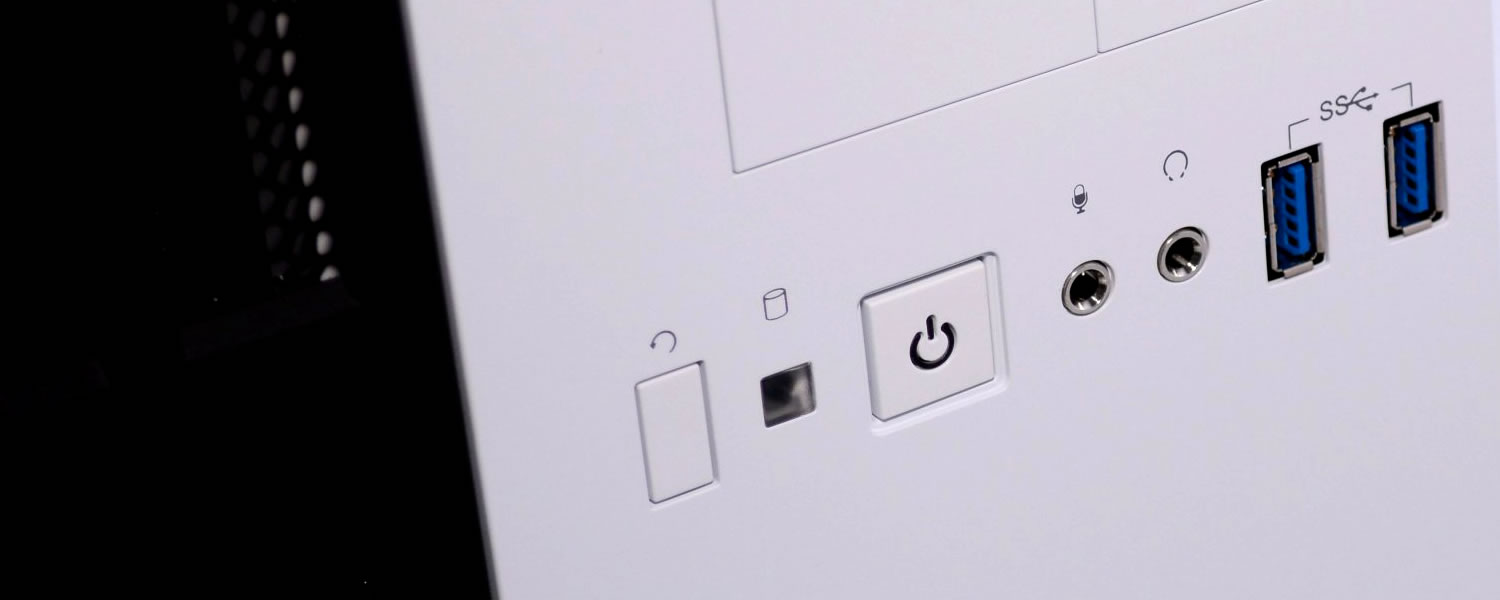Performance & Wrap Up
The Obsidian 450D and Carbide Air 540 are typical Corsair cases. Both are well made and look impressive, though they are not designed to compete with one another as they will appeal to different buyers. Starting with the more conventional design, the 450D is just a bigger version of the 350D we looked at a few months ago, which isn't exactly a bad thing given how much we liked that case.
The thing is, besides supporting larger motherboards, the 450D is the same case. It's still limited to two 2.5" and three 3.5" drives, which is pretty weak from a mid-tower, though we kind of get Corsair's logic. Today's chipsets support six SATA devices so if two ports are used by 2.5" drives with another three tapped by 3.5" drives, that leaves one for an optical drive and you're out of ports on a standard board.
The problem with that theory is that if someone is investing in a high-end Corsair case, dual SSDs and so on, they likely don't have a run of the mill motherboard with just six SATA ports. With so many options for mid-towers in the $100 to $120 price range, we feel going soft on storage support might have been a bad call.
The Fractal Design Define R4 ($110) supports eight 3.5" devices and two 2.5" devices out of the box, the Thermaltake Chaser Series A41 ($110) can take six 3.5" or 2.5" drives, while one of the worst examples we could find was the Lian Li PC-7HWX ($120) which still supports four 3.5" devices and one 2.5" device.
We didn't mind the 350D's limited support as much because it's a MicroATX case. The 450D might have the 350D's strong cooling performance, excellent build quality and striking looks, but with such a limited feature set we would probably pass for something more exceptional.
The Carbide Air 540 is an entirely different animal and while it suffers from the same storage limitations as the 450D, the Air 540 offers a unique design.
Realistically, we should probably be more disappointed with the Air 540 as there is plenty of room for Corsair to add at least four more 3.5" drives. This is particularly unfortunate because while you can buy an additional hard drive cage for the 450D, you can't for the Air 540.
I don't recall the last time I came across a computer case with a massive 63L capacity that only supported two 3.5" drives. While the case does offer native support for four 2.5" drives, how many users are going to invest in four SSDs?
Corsair seems to be going very light on features recently. Apart from the limited storage potential of both cases, things that have become commonplace on larger cases simply aren't included here. Fan controllers, external hot-swap bays and LED light switches won't be found on either of these cases.
As bummed as we are that Corsair only provided support for two 3.5" drives in a case that can clearly fit more, we still prefer the Air 540 to the 450D. In fact, we prefer it to a number of cases that seem better on paper. The Air 540 is a great looking case, it performs well, it's quiet and it's really easy to work with.
If you can get away with just two 3.5" drives then we feel Corsair's Carbide Air 540 is one of the more interesting computer cases available right now, especially for water-cooling enthusiasts and case modders.
Corsair Obsidian Series 450D Scorecard
score
Pros: It's hard to dislike the Obsidian's 450D when it has most of the 350D's best qualities. It cools well, looks nice and feels solid, so it has the basics right.
Cons: Having said that, unless you're overly attached to something about the 450D, you may want to consider something with more features for $120.
Corsair Carbide Air 540 Scorecard
Pros: Corsair's standing dual chamber design offers a unique alternative to the conventional enthusiast mid-tower and its spacious interior is begging for liquid cooling.
Cons: Part of the reason the Carbide Air 540 is so roomy is because Corsair only included bays for two 3.5" drives along with skimping on extras like a fan controller.

